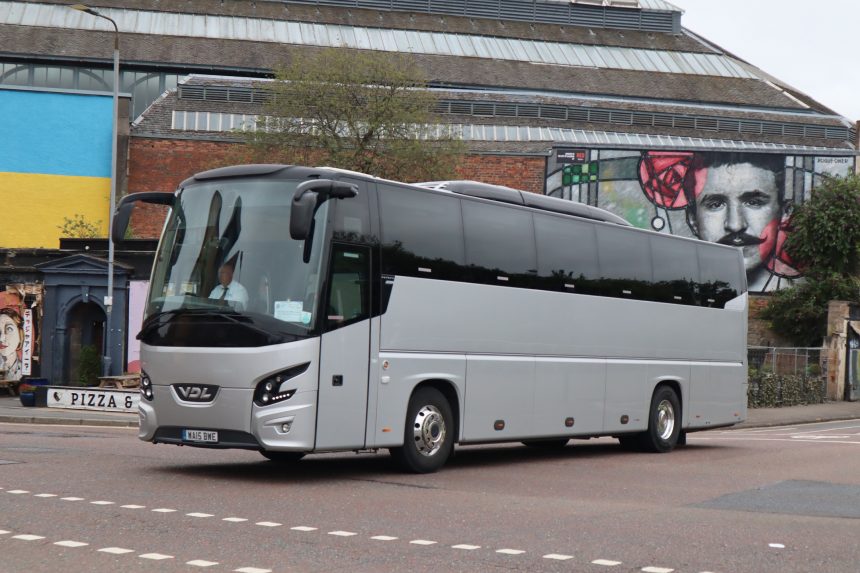Coach hire rates are buoyant thanks to the supply and demand equation favouring the industry. That shows no sign of changing in the short term, and hay will thus be made while that sun shines.
The current vehicle and driver landscape makes it unlikely that supply can build rapidly, but it is possible in the longer term that the overall coach parc will grow. Notices and Proceedings shows that PSV O-Licence applications are common, albeit with regional variation.
Two well-known coach operators each thus ponder whether the sector could find itself approaching a ‘peak rate’ ceiling. Multiple factors may come into play, they posit.
There is a limit to what some hirers will pay before deciding not to travel. Coach has long prided itself on an ability to move people cost effectively. The ongoing return of aviation demand may also be an influence, although that works both ways if incoming tourism grows at the same pace.
Countering those thoughts is an acceptance that the coach industry is a leaner and stronger beast than it was four years ago, and that the days of rate-cutting by a small minority of businesses are largely gone. The impact of cost elevation over that period is clear.
But while a theory that rates have a ceiling holds some merit, ample evidence suggests otherwise. Two different operators report that while their holiday prices have risen significantly, there remains no shortage of willingness to pay them. That bodes well, and gives a hint that hay will continue to be made – even if pots of gold are not.



























